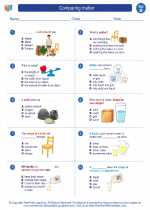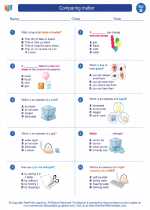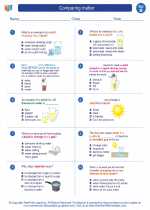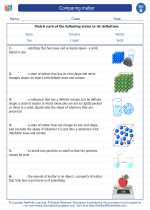Understanding the Coriolis Effect
The Coriolis effect is caused by the Earth's rotation on its axis. As the Earth rotates, the speed of rotation at the equator is faster than at the poles. When air or water moves from the poles towards the equator, it retains its initial speed, causing it to appear to be deflected to the right in the Northern Hemisphere and to the left in the Southern Hemisphere.
Effects on Wind Patterns
One of the most noticeable impacts of the Coriolis effect is on wind patterns. The deflection of air due to the Coriolis effect causes the formation of distinct wind patterns, such as the trade winds and westerlies, which play a crucial role in global climate and weather systems.
Effects on Ocean Currents
The Coriolis effect also influences the direction of ocean currents. In the Northern Hemisphere, ocean currents tend to veer to the right, while in the Southern Hemisphere, they veer to the left. This has significant implications for marine ecosystems and the distribution of nutrients and heat around the world.
Implications for Flight Paths
The Coriolis effect affects the trajectory of objects in flight, including airplanes and missiles. Pilots and engineers must take the Coriolis effect into account when planning flight paths and designing navigation systems to ensure accurate and efficient travel.
Study Guide
To understand the Coriolis effect, it is essential to grasp the concept of the Earth's rotation and its impact on moving objects. Here are some key points to focus on when studying the Coriolis effect:
- Explain the concept of the Earth's rotation and its effect on the speed of rotation at different latitudes.
- Describe how the Coriolis effect influences the direction of moving air and water in the Northern and Southern Hemispheres.
- Discuss the practical implications of the Coriolis effect on wind patterns, ocean currents, and flight paths.
- Explore real-world examples of the Coriolis effect in action, such as the formation of global wind belts and the impact on ocean circulation.
- Consider the historical and scientific significance of understanding the Coriolis effect in the context of meteorology, oceanography, and aviation.
By mastering these key points, you can gain a comprehensive understanding of the Coriolis effect and its far-reaching influence on the Earth's systems and human activities.
[Coriolis Effect] Related Worksheets and Study Guides:
.◂Science Worksheets and Study Guides Second Grade. Comparing matter

 Activity Lesson
Activity Lesson
 Worksheet/Answer key
Worksheet/Answer key
 Worksheet/Answer key
Worksheet/Answer key
 Worksheet/Answer key
Worksheet/Answer key
 Vocabulary/Answer key
Vocabulary/Answer key
